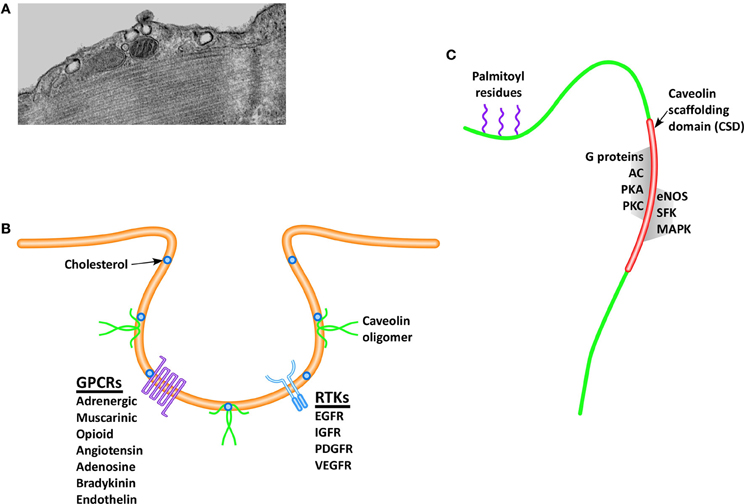

This coordination is facilitated by membrane potential depolarization, a pacemaker conduction system, and specific intracellular communication networks. We present the emerging applications of these smart materials to create supportive platforms and discuss the crucial role that electrical stimulation has been shown to exert in maturation of cardiac progenitor cells.Ĭardiac muscle relies on an intricate coordination of action potentials and calcium signal propagation in order to exert synchronous beating to pump blood around our bodies. In this review, we critically discuss the role of heart electrophysiology and the rationale toward the use of electroconductive biomaterials for cardiac tissue engineering. Many studies have focused on the use of these materials in multiple fields, with promising effects on the regeneration of electrically active biological tissues such as orthopedic, neural, and cardiac tissue. Conductive fillers such as graphene, carbon nanotubes, metallic nanoparticles, and MXenes and conjugated polymers such as polyaniline, polypyrrole, and poly(3,4-ethylendioxythiophene) can possibly achieve optimal electrical conductivities for cardiac applications with appropriate suitability for tissue engineering approaches. Engineered scaffolds, implantable patches, and injectable hydrogels are among the most promising solutions to restore cardiac function and coax regeneration however, current biomaterials have yet to achieve ideal tissue regeneration and adequate integration due a mismatch of material physicochemical properties. Despite the successes of assistive support devices and pharmacological therapies, only a whole heart transplantation can sufficiently address heart failure. The human heart possesses minimal regenerative potential, which can often lead to chronic heart failure following myocardial infarction.


 0 kommentar(er)
0 kommentar(er)
